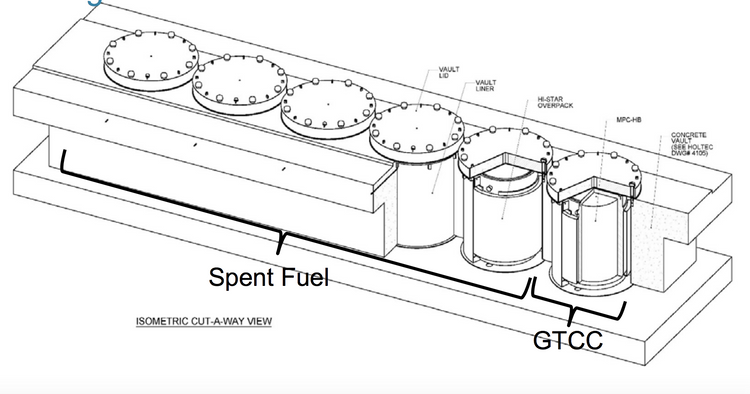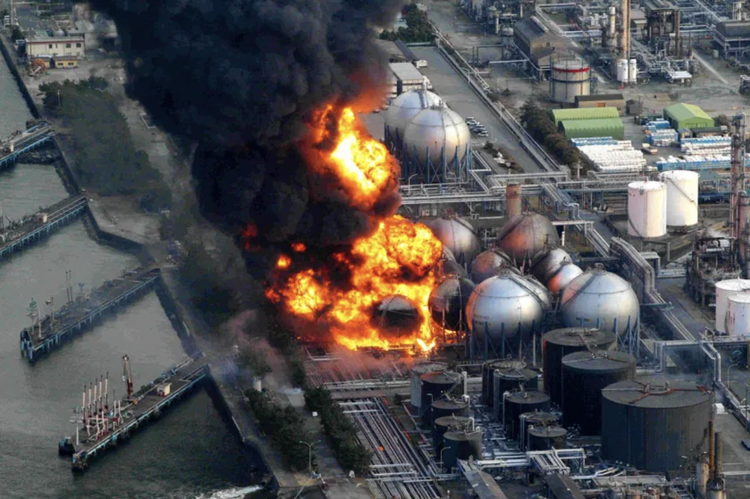Visual Timeline
Pre-19th c. to the present
The Wiyot people live on and steward the water and land in and around Wigi (Humboldt Bay), including Jurouk Higuchguk (Buhne Point) that are part of their ancestral territories on the California North Coast (Canter 2021 Mar, personal communication; Wiyot Tribe 2011).
1850
Captain Hans Henry Buhne (see image), the modern namesake for Buhne Point, sailed the Laura Virginia into Humboldt Bay in April 1850 (Find a Grave 2010; Rohde 2006).
1890s
The construction of jetties at the mouth of Humboldt Bay (see image)by the Army Corps of Engineers intensified wave action in the bay and accelerated erosion of Buhne Point (Laird 2019 Nov, p. 11; Page 2005; Walters 2013).
1950s
1950s
The Army Corps of Engineers built a protective rock seawall along the southeastern coast of Humboldt Bay, including Buhne Point, to buffer it from wave-induced erosion (see image)(Laird 2019 Nov, p. 11; Page 2005).
(Abigail Lowell 2020 Dec)
1958
The first commercial nuclear power plant in the United States, Shippingport Nuclear Power Station, began operating near the current site for Beaver Valley Nuclear Power Station in Beaver County, Pennsylvania (in red text on the left side of the map)
(American Society of Mechanical Engineers 2020; Craddock 2016).
Also, the Pacific Gas & Electric Company (PG&E) announced in the Humboldt Standard that it planned to build a new nuclear plant: Humboldt Bay Power Plant (HBPP) Unit 3 on Humboldt Bay, California at Buhne Point (Herbert et al 2012, p. 17).
1963
PG&E began operating Humboldt Bay Power Plant (HBPP) Unit 3, the 7th nuclear power plant in the United States (see image) (California Energy Commission 2020, p. 3; Herbert et al 2012, p. 28).
1976
After 13 years of operations, PG&E closed down HBPP Unit 3 for routine refueling and a seismic design retrofit in response to “new seismic information” about Southern Humboldt Bay
(see image)
(Pacific Gas & Electric Company 2013, p. 1).
Also, “the state of California placed a moratorium on the construction and licensing of new nuclear fission reactors until the federal government implements a solution to radioactive waste disposal” (California Energy Commission 2020,
p. 1).
1979
The Three Mile Island nuclear reactor located near Middletown, PA
(see image)
had a loss-of-coolant accident when the plant’s water pumps failed and the normally-circulating water required to absorb heat from the nuclear reactor evaporated as steam. When the water level in the reactor vessel dropped, the nuclear core overheated and partially melted down. (Fortin 2019; U.S. Nuclear Regulatory Commission 2018 Jun)
Luckily, despite damage to the reactor, scientific monitoring showed that the radioactivity release “had negligible effects on the physical health of individuals or the environment” (U.S. Nuclear Regulatory Commission 2018 Jun).
Nevertheless, the accident generated public fear and distrust “fueled, in part, by the sense that people weren’t getting enough information about what had happened—and what they should do to stay safe” (Fortin 2019).
The Nuclear Regulatory Commission (NRC) introduced new safety regulations following the accident (Fortin 2019; Pacific Gas & Electric Company 2013, p. 1; U.S. Nuclear Regulatory Commission 2018 Jun).
1982
The Nuclear Waste Policy Act mandated the U.S. Department of Energy (DOE)
(see image)
to take ownership and possession of all commercial SNF in the U.S. and permanently dispose of it by the year 1998 (Coplan 2008 May, p. 20; Manetas 2019 Oct; World Nuclear Association 2020 Mar).
1983
Although the 1976 HBPP Unit 3 shutdown was originally intended to be temporary, PG&E determined “that the cost of completing the required upgrades would make it uneconomical to restart the unit” and announced plans to decommission Unit 3 (see image) (Pacific Gas & Electric Company 2013, p. 1).
1987
Amendments to the Nuclear Waste Policy Act of 1982 designated Yucca Mountain, Nevada as the site for the U.S. federal deep geologic repository (see image) (Coplan 2008 May, p. 20; Manetas 2019 Oct; World Nuclear Association 2020 Mar).
The proposed Yucca Mountain Deep Geologic Repository (YMDGR) would exist in a mined repository 984 feet (300 meters) underground “in an unsaturated layer of welded volcanic tuff rock.” For nuclear waste containment, it would rely on “the long-term durability of engineered barriers” and the site’s “extremely low water table,” which lies nearly 1970 feet (600 meters) beneath the surface. (World Nuclear Association 2020 Mar).
1988
The NRC approved PG&E’s decommissioning plan for HBPP Unit 3 and revised its operating license to a possess-but-not-operate license (SAFSTOR status) set to expire in 2015 (Compas & Maniery 2003, p. 40; Pacific Gas & Electric Company 2013, p. 1). PG&E designed and implemented an on-site spent fuel pool (SFP) at HBPP to begin meeting its decommissioning requirements (Compas & Maniery 2003, p. 4).
The NRC permits decommissioning nuclear power plants in 3 ways: DECON, ENTOMB and SAFSTOR (see image)
(Compas & Maniery 2003, p. 33).
DECON initiates “immediate dismantlement” of the plant. ENTOMB allows nuclear utilities to “encase radioactive contaminants in a structurally sound material like concrete” until they decay adequately. SAFSTOR, as was applied at HBPP Unit 3, ensures nuclear plants are “maintained and monitored in a condition that allows radioactivity to decay” until safe, and then fully decommissioned. (Compas & Maniery 2003, p. 33)
1989
The DOE announced that “technical and institutional complexities of site characterization make it unlikely that a repository [at Yucca Mountain] would be available before 2010” (see image) (Dunster 2017-2018).
1990s
PG&E worked with the energy technology company Holtec International to develop the Holtec International Storage, Transport and Repository System for Humboldt Bay (HI-STAR HB) (see image), an on-site dry cask storage system for the SNF from HBPP Unit 3.
2004
PG&E announced that three nuclear fuel rods, or about four pounds of uranium, were unaccounted for at HBPP “due to conflicting records of their location” (California Energy Commission 2020, p. 4; Nuclear Threat Initiative 2004; Sacramento Business Journal 2005). The fuel rods were never officially recovered
(California Energy Commission 2020, p. 4), but an interim report from PG&E to the NRC after months of searching (see image) “detailed ‘reasonable, but not conclusive, evidence’ that deteriorated fragments recovered from the bottom of a used-fuel storage pool [SFP] at the defunct plant in fact were the remains of the missing fuel rods” (Hall 2005;
Sacramento Business Journal 2005).
2005
The NRC issued PG&E a site-specific license to implement the HI-STAR HB at the HB ISFSI on Buhne Point and operate it for 20 years until 2025 (see image) (Benner 2005, p. 1; Pacific Gas & Electric Company 2017 Nov, p. 16).
2007
The Humboldt Bay Independent Spent Fuel Storage Installation (HB ISFSI) and its associated infrastructure was constructed adjacent to PG&E’s partially-decommissioned HBPP on Buhne Point (Ch2m Hill Engineers 2015, p. 16), encompassing slightly more than 11,000 square feet (see image) (Compas & Maniery 2003, p. 6).
2008
Six casks, or overpacks, of nuclear waste from HBPP Unit 3 were moved from wet storage in SFPs into dry storage in the underground HB ISFSI on Buhne Point, where they remain to this day. Five casks contain SNF and the sixth contains other highly-level, Greater Than Class C (GTCC) waste
(see image).
(Ch2m Hill Engineers 2015, p. 16)
(Ch2m Hill Engineers 2015, p. 16)
2010
The Obama administration tried to eliminate funding and “withdraw the [NRC] license application” for the proposed YMDGR (see image) (Mascaro 2010).
2011
A partial nuclear reactor meltdown and some off-site release of radiation resulted from an earthquake and tsunami off the northeast coast of Japan that flooded the coastal Fukushima Daiichi Nuclear Power Plant (see image) (Chen 2019 Sep; U.S. Nuclear Regulatory Commission 2019 Aug).
2013
The U.S. Court of Appeals ordered the NRC to resume reviewing the DOE’s license application for YMDGR (see image), so the process continued (World Nuclear Association 2020 Mar).
2016
The NRC’s final safety evaluation report, final technical safety review and final supplement to the DOE’s Environmental Impact Statement for YMDGR all “established that the repository design would prove safe for one million years”
(see image)
(World Nuclear Association 2020 Mar).
The Trump administration’s 2017 budget proposal “included $120 million for the resumption of the license review for the repository at Yucca Mountain,” but Congress did not provide the funding (U.S. Government Accountability Office n.d.).
Waste Control Specialists, LLC applied for an NRC license to develop and operate an interim consolidated SNF storage facility in the Permian Basin in Northwest Texas (Waste Control Specialists 2016).
2017
The Trump administration’s 2018 budget proposal “included $120 million for the resumption of the license review for the repository at Yucca Mountain,” but Congress again did not provide the funding (U.S. Government Accountability Office n.d.).
Holtec International applied for an NRC license to develop and operate an interim consolidated SNF storage facility in the Permian Basin in Southeast New Mexico (see image) (Holtec International 2017).
2019
Sixty years since the first commercial nuclear power plant began operating in the United States, nuclear energy was the third-largest national source of electricity at 20%, behind only natural gas (38%) and coal (23%) (see image) (U.S. Energy Information Administration 2020 Mar).
The Nuclear Energy Innovation and Modernization Act (NEIMA) began requiring the NRC “to submit a report to Congress identifying best practices for establishing and operating CABs [Citizens Advisory Boards] to foster communication and information exchange between a [nuclear] decommissioning licensee and the local community” (Lincoln 2019).
PG&E plans that the DOE will transfer the SNF away from HB ISFSI between 2031 and 2033 (Welsch 2019, p. 32).
2020
In February, the Trump administration’s 2021 budget proposal did “not include funding for licensing of Yucca Mountain as a nuclear waste repository,” marking “an abrupt reversal of [the] administration’s policy” after three years of officially supporting the project (Hulac 2020). President Trump also tweeted his opposition to Yucca Mountain (see top image) (Trump 2020).
Then-presidential candidate Joe Biden (see bottom image) expressed his disapproval for the contradiction between Trump’s funding allowances for YMDGR and his “empty promises on Twitter” (Gartner 2020; Grandoni 2020). He emphasized that “under a Biden administration there would be absolutely zero dumping of nuclear waste in Nevada” (Gartner 2020; Grandoni 2020).
In June, the NRC extended PG&E's operating license for the HB ISFSI, originally set to expire after 20 years in 2025, for 40 additional years until 2065 (Welsch 2019 Mar, p. 34; Talbott 2020 Jun).
Decommissioning HBPP is in its final stages; PG&E prepared and submitted Final Status Survey Reports to the NRC, (Pacific Gas & Electric Company 2020) and anticipates the NRC will terminate their HBPP operating license in 2022. (Pacific Gas & Electric Company 2018, p. 16-17).
Then-presidential candidate Joe Biden (see bottom image) expressed his disapproval for the contradiction between Trump’s funding allowances for YMDGR and his “empty promises on Twitter” (Gartner 2020; Grandoni 2020). He emphasized that “under a Biden administration there would be absolutely zero dumping of nuclear waste in Nevada” (Gartner 2020; Grandoni 2020).
In June, the NRC extended PG&E's operating license for the HB ISFSI, originally set to expire after 20 years in 2025, for 40 additional years until 2065 (Welsch 2019 Mar, p. 34; Talbott 2020 Jun).
Decommissioning HBPP is in its final stages; PG&E prepared and submitted Final Status Survey Reports to the NRC, (Pacific Gas & Electric Company 2020) and anticipates the NRC will terminate their HBPP operating license in 2022. (Pacific Gas & Electric Company 2018, p. 16-17).
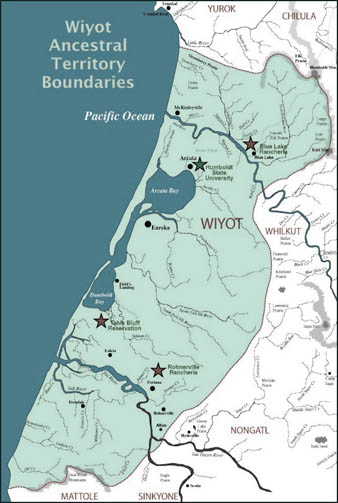

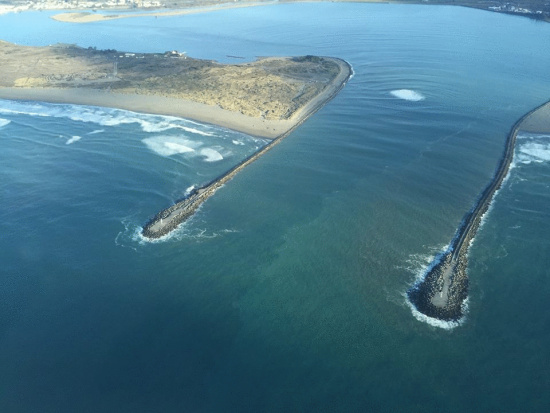

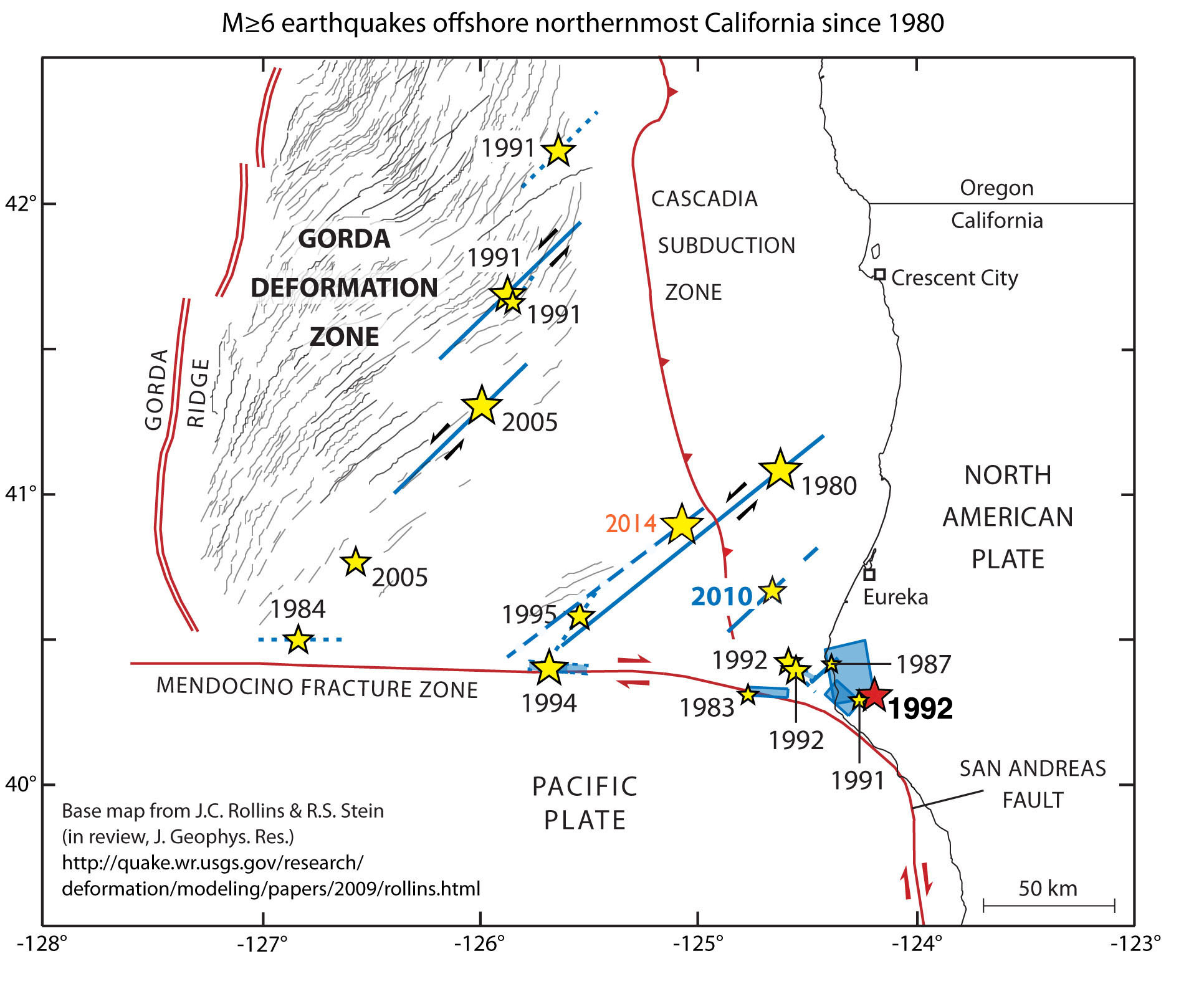



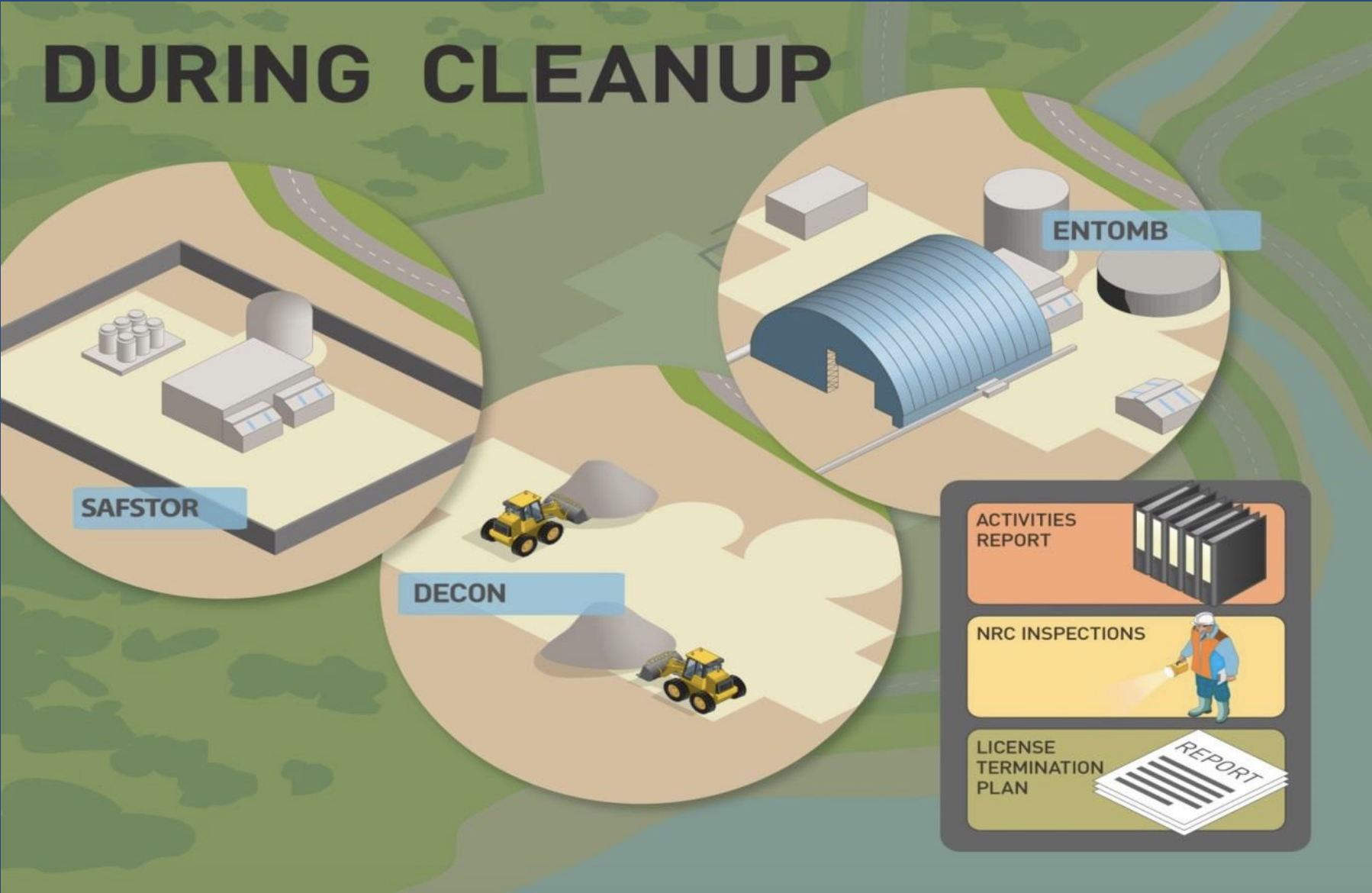
![(13) Despite its legal obligation to provide permanent storage for all commercial SNF in the U.S. by 1998, the DOE announced in 1989 that “technical and institutional complexities of site characterization make it unlikely that a repository [at Yucca Mountain] would be available before 2010.” In particular, the decision was a response to concerns from State of Nevada researchers that an earthquake or volcanic eruption at Yucca Mountain could raise the groundwater table beneath the repository, flood the repository from below, degrade the dry casks and leak radioactive waste into the environment. For nuclear utilities storing commercial SNF on-site at decommissioned power plants, such as PG&E, this announcement effectively delayed the promise of federal acceptance and disposal by at least 12 years. (Dunster 2017-2018; Krotz 2002; State of Nevada Nuclear Waste Project Office 1999; U.S. Nuclear Waste Technical Review Board 2017, p. 1)](https://freight.cargo.site/t/original/i/29420741bb13ad801b193af7f718804c9b3d191e5df9489f7e6ffd10ff196e70/Yucca_cutaway.jpg)


